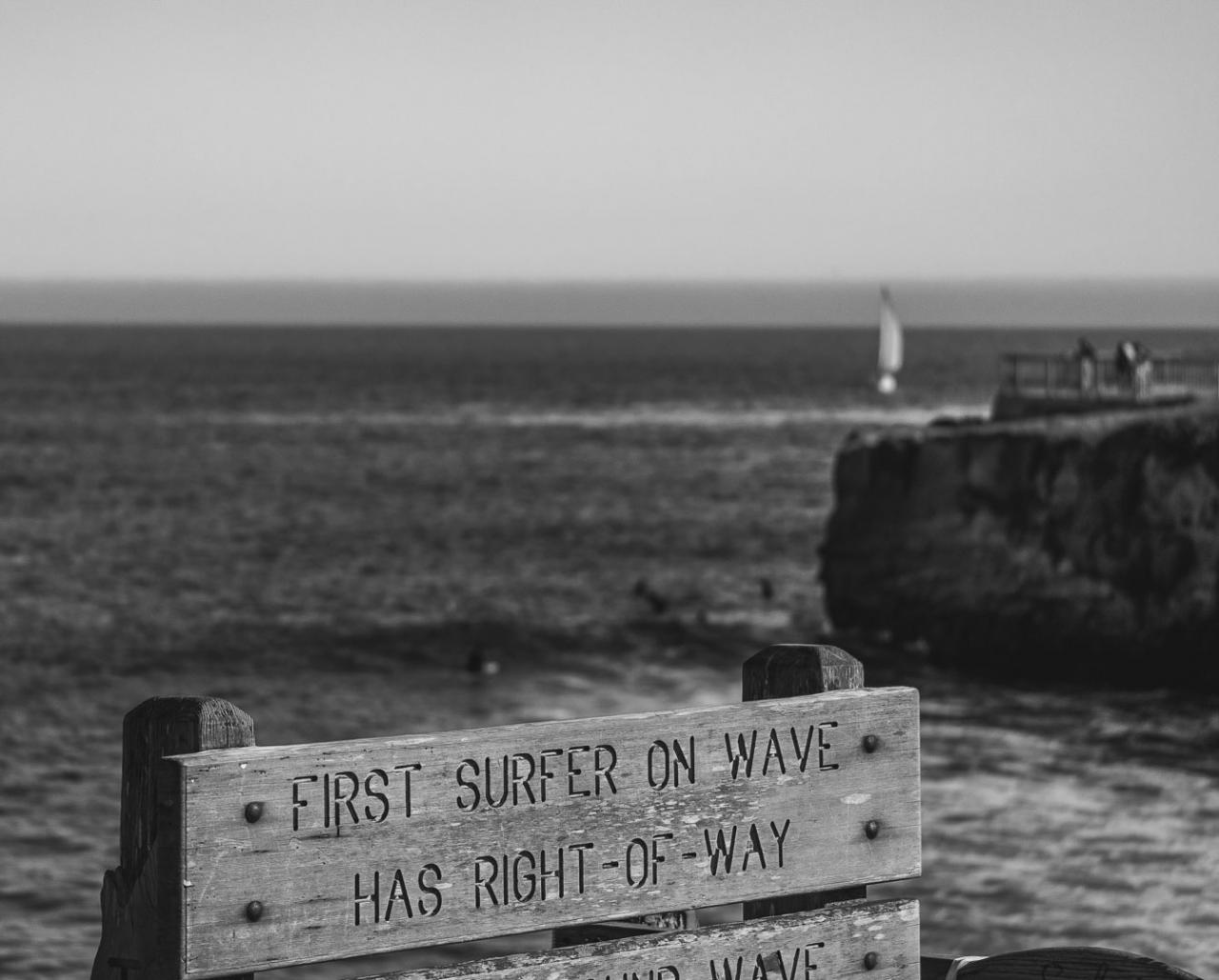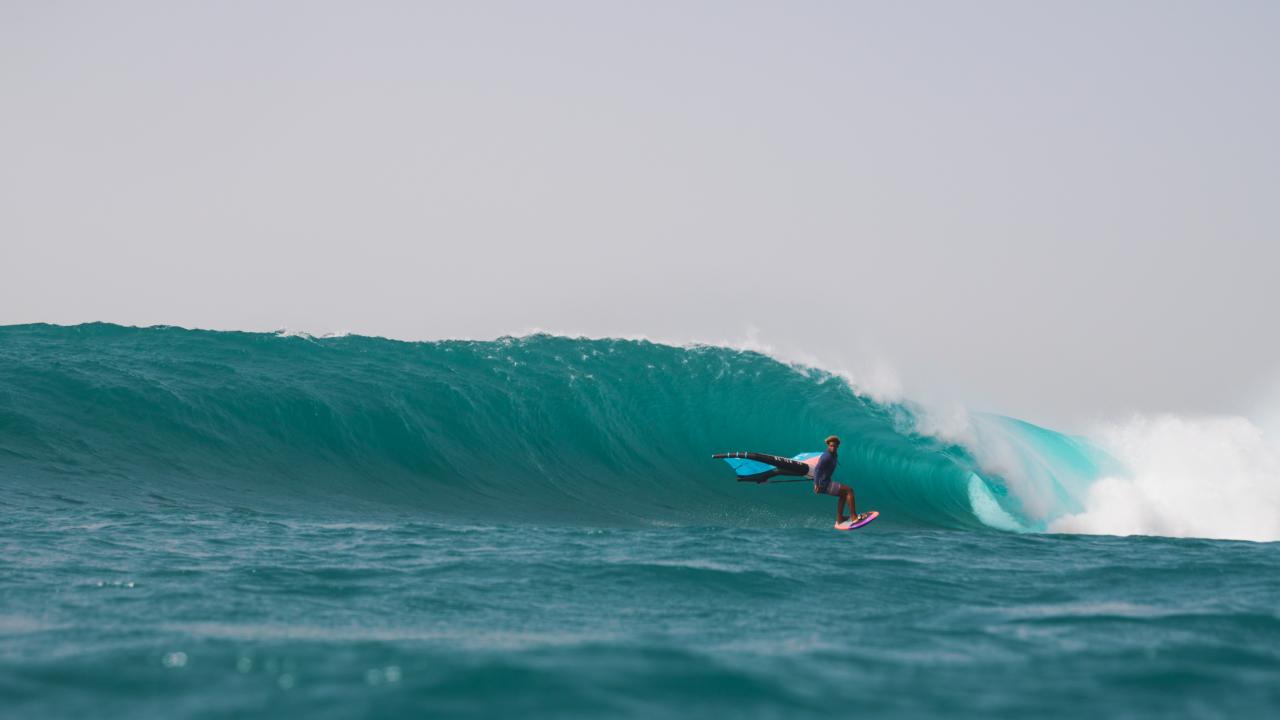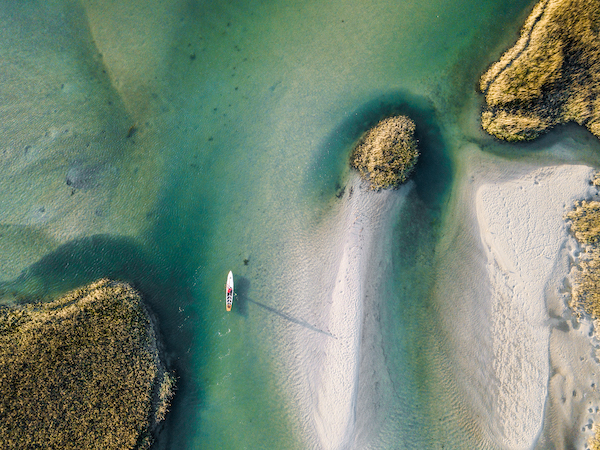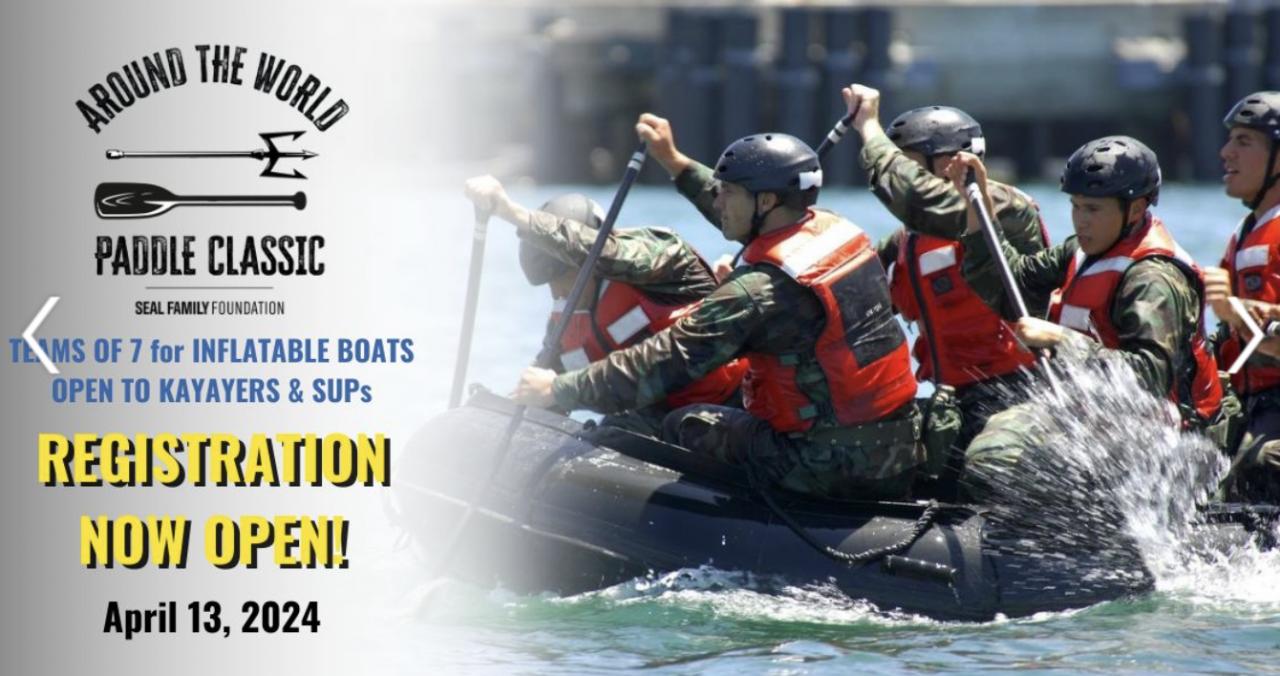Santa Cruz, California 1968
I was twelve years old the first time I paddled a surfboard. School was out for the summer. My friend Skeeter Robinson had just stolen his older brother’s 9’6” Hobie, a dinged up, waterlogged tank with a wobbly elephant-ear fin.
Skeeter’s brother Eddie had just struck a deal for that board from another neighbor, a long haired hippy who graduated from high school but stuck around home for unlimited Pop Tarts and free laundry services. Finally booted from the womb-like safety of his parent’s house, and freshly shorn, the poor kid was shipped out to basic training and a tour of Vietnam.
Ten bucks and two oregano-laced joints later, his faded log was a big time score, resting majestically upright against the Robinson family garage for all to admire. The next day, Eddie’s new tanker was stolen from the yard by two kids intent on becoming men. Men of the sea. Surfers. Yeah, cooler than Murf-the-Surf, even cooler than Cool Hand Luke. It was an inside heist by me and Eddie’s own brother Skeeter, board pirates and future surfers.
My dad drove us to the beach with the yellowing, “borrowed" board hanging out the back window of my mom’s grocery-getter, a ’68 Mercury Montego station wagon. We were headed for some hot fun in the summertime. I hoped that all my buddies would see me.
Skeeter and I took turns “surfing” the dumpy closeouts at my family’s favorite picnic beach. A good spot for hot dogs, a bad spot for hot doggin’, even if we did know how. Neither
Skeeter nor I made it out past the shore break that first day.
Practice, like they say, makes perfect. By mid-summer we both had gotten real good at sneaking Eddie’s board into my dad’s car before he woke up. Once Eddie started chaining the board to the fence, we coughed up the $15 bucks he’d decided was a fair price for it.
I threw a lot of newspapers to pay for my half of that log. Skeeter pulled a lot of weeds. Once ours, we even did some customizing. Eddie broke the wobbly fin off with a rock so Skeeter and I could fiberglass a new one on that my brother had made in wood shop. Problem was there were two of us, one board, and a tide that waits for no man. Lucky for me, Skeeter discovered motorcycles and lost interest in surfing. By the end of that first summer, I learned to turn turtle and finally was able to make it outside and into the line up.
Greenough … and the El Paipo
In the late 1960’s, Santa Cruz offered a little grom plenty of opportunities to experiment in the surf. No rules against camping on the beach by a giant bonfire; not even a railing on the cliff to keep a stoner from falling off at Steamer Lane. Times were simpler. I got inspired to try kneeboarding after watching George Greenough in “The Endless Summer”. My parents could see that I was pretty serious about wave riding, and they came through big time with an El Paipo Knee Machine for Christmas. I bought a pair of Duck Feet, got a used beaver-tail wetsuit with long johns and started kneeboarding Steamer Lane.
Once there, I saw a sign at the top of the stairs titled “The Traditional Rules of Surfing”. These were the commandments one needed to know if you were to call yourself a surfer. The sign was erected by the now late Sam Reid. In 1925, Sam Reid and Tom Blake were credited as the first people to surf Malibu.
By 1946, Sam had moved north to Santa Cruz, became captain of the local lifeguards and undisputed big wave guru at the Lane. I remember that this legendary hero in Surf City’s rich history was noted for saying, “The rules were something you either grew up with or learned the hard way.” Rule No. 1: Paddle around the wave, not through it.
Sam had retired from surfing by the time I started surfing Steamer Lane. Though his surfing days were behind him, he remained a fixture on the cliff. Looking dapper in his vest and felt hat, puffing on a pipe, he’d call out the best waves of any given set. “Outside, number three!” boomed Sam between puffs on his pipe. Sure enough, the third wave would be the best and biggest wave of the set.
Once during a very high tide, I found myself way inside, right up against the cliff. “OUTSIDE, NUMBER FOUR!” came the call from above. OMG! This was before leashes and I almost lost it inside my new O’Neill Seal Suit. Kicking and scratching, I barely made it over the first wave, only to bail and take the next three on the head, losing my board and breaking my fin off on the rocks.
Fast Forward Fifty Years
Today, we kids have grown old. The station wagon is now a Honda Element and I’m still trying to make it outside - this time on a stand up board that I can't turtle or duck dive to get through the soup. I’m having to relearn everything I should have remembered. Like Sam’s Rule No. 1: Paddle around the wave not through it. Is this the timeless advice I’ve needed? I’ve read all kinds of how-to blogs and chats about how you should push through broken waves on a stand up. Paddle fast, get into surf stance, lean back and pop over. Got it. Problem is big powerful whitewater, or worse yet, a wave exploding right in front of me.
On a big floaty SUP, bailing is the only option when it’s crunch time. Ditching a 9’6” connected to a 10-foot leash makes a 20-foot kill zone for anybody unlucky enough to be around me. Add two more feet if you factor in the stretching of the leash AND your ligaments. That’s when it gets ugly. Bailing in a crowd is bad form if you want to be accepted by your surfing brethren.
Surfing on a stand up in the powerful surf is the hardest easy thing that I’ve ever done. Sooner or later things will go from fun to my worst nightmare. Remember, even our Lord Laird bails when necessary! Dive deep. Grip your paddle hard and aim your leashed leg towards shore. Better yet, paddle around the wave, not through it. Just sayin’.







